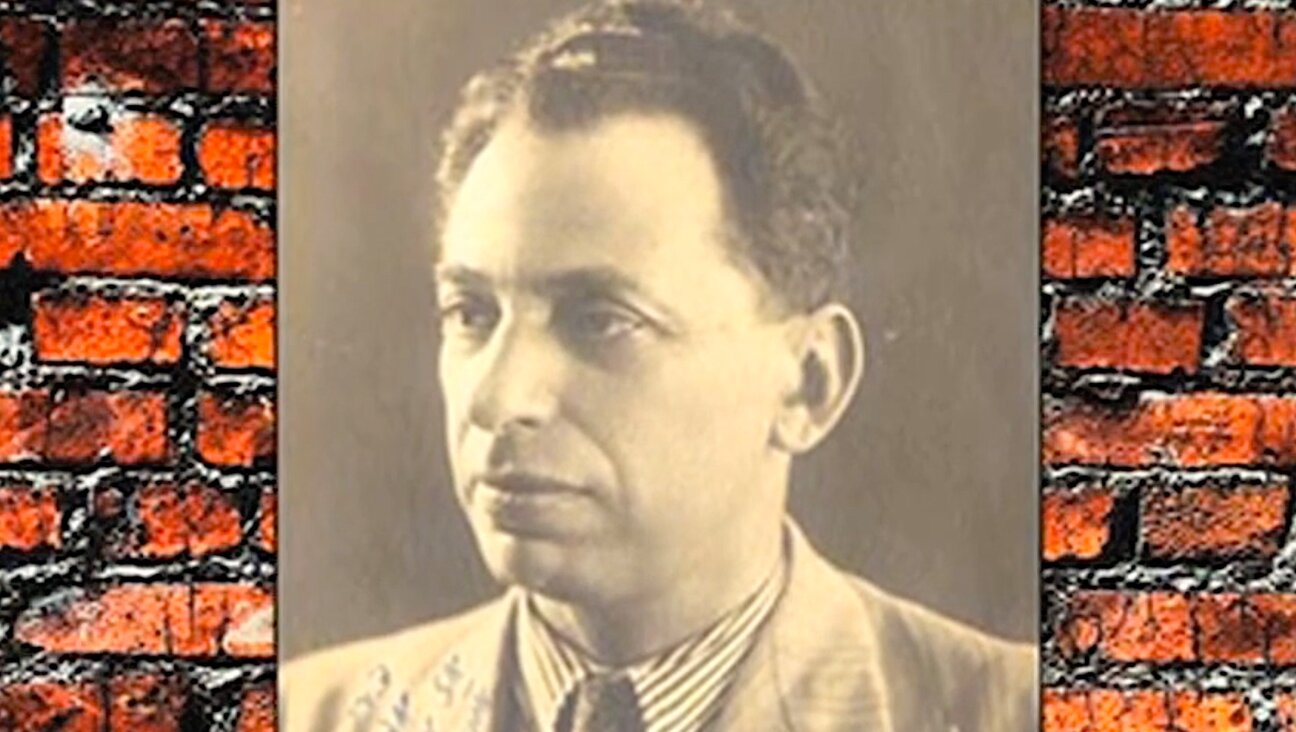What Did Adam Know And When Did He Know It?
Sign up for Forwarding the News, our essential morning briefing with trusted, nonpartisan news and analysis, curated by senior writer Benyamin Cohen.
We breathe Genesis with the air, as if we need never to have read a Bible to list the creation of light and dark, land, sea and heaven, animals and vegetables, time, work and holiday, and the beautiful idea that these things are Good with the inevitable corollary that other things are Bad, followed, hard on the heels, by the question of whose fault that is. Who remembers the movie in which the little fat Hungarian character cries, “I didn’t did! I didn’t did it!”? The story of Adam and Eve says that one of our prime instincts is to claim it was somebody else.
The creation of female out of the male — our simultaneous creation, alternatively, in two sexes — is immediately followed by the commission of the first sin, and the game of blame can begin. Adam says Eve did it; Eve says the serpent made her do it; the serpent has the grace, at least, to keep quiet.
We are to take God’s word for it that sin is what causes death, though something tells us it ain’t necessarily so. The serpent was the first to raise a doubt. God blames all three of them — man, woman and beast — and metes out their appropriate punishments. Christianity will come and blame all of Eve’s unborn children.
Male and female have — or used to have — different styles of blaming and being blamed. We understand Eve to have sinned as a woman, whereas Adam sinned as a representative of the human. The female was the root of all evil until feminist days, when the root changed gender and turned male. How does the story of Adam and Eve distribute the degree of blame for that original sin?
It’s interesting to check our own participation in filling what Erich Auerbach, author of a classic study on the literary aspects of the Bible, has called the background — the spaces that the Bible’s lean narrative leaves blank. Where does our imagination locate the man while the beast is suborning the woman? What do we imagine him to have been doing up to the moment when he walks onto the scene to be given his bite of apple? Are we surprised that the Hebrew text — I checked it out with my friend Rabbi Jules Harlow — places Adam right there — right next to Eve?
The King James Bible is correct: Eve, having listed the attractions of the forbidden tree, “took of the fruit thereof, and did eat, and gave also unto her husband with her” (emphasis added). Luther, Buber-Rosenzweig, Everett Fox and the New American Bible are among the translations that render the meaning of the Hebrew immah as “with her” or “beside her.” How is it that Rabbi Aryeh Kaplan, Robert Alter and the Oxford Study Bible, for example, drop the word out of the sentence?
The Jewish Publication Society translation, too, reads: “She took of the fruit and ate. She also gave to her husband and he ate.” Nahum Sarna corrects the omission in his commentary and notes that the serpent uses the plural address, so it must be talking to both Eve and Adam, “suggesting that he was a full participant in the sin, thereby refuting in advance his later excuses.” Saint Augustine gives the matter a gallant spin: It was out of love for Eve that Adam chose to sin with her, and Rashi says Adam sinned so that Eve would not die and leave him alive to marry another; Adam chose to be with her in death as in life. How human of him, then, that before the day is over, he’s put the blame on her.
I want to suggest that it is so uncomfortable to have to imagine Adam voicelessly “with” or “beside” Eve while she disputes with the tempter that pious scholarship prefers to think him away.
Look at a different kind of narrative that also manages to remove the awkward presence of the ineffectual male. Where are the fairy tale fathers — what are they doing — while the witch-stepmother mistreats the children? The men are away. They are away on business or out hunting, not, in any case, present at the commission of the ugly evil. Only Hansel and Gretel’s father is a reluctant and impotent presence on the page. Are we puzzled that he gets to share in the happily-ever-after? Wouldn’t we prefer him to have been away on business or out hunting instead of beside or with his wicked partner?
In the Adam and Eve story, God blames and punishes man and woman equally. Interesting that the narrative has another agenda: It spotlights the sin of the woman. Whether absent or silently present, Adam plays the lesser part of accessory. He’s not the patriarchal force but a wordless incompetent. He can be translated right off the page and hardly be missed, reminding me of some fathers and grandfathers in my own family.
















